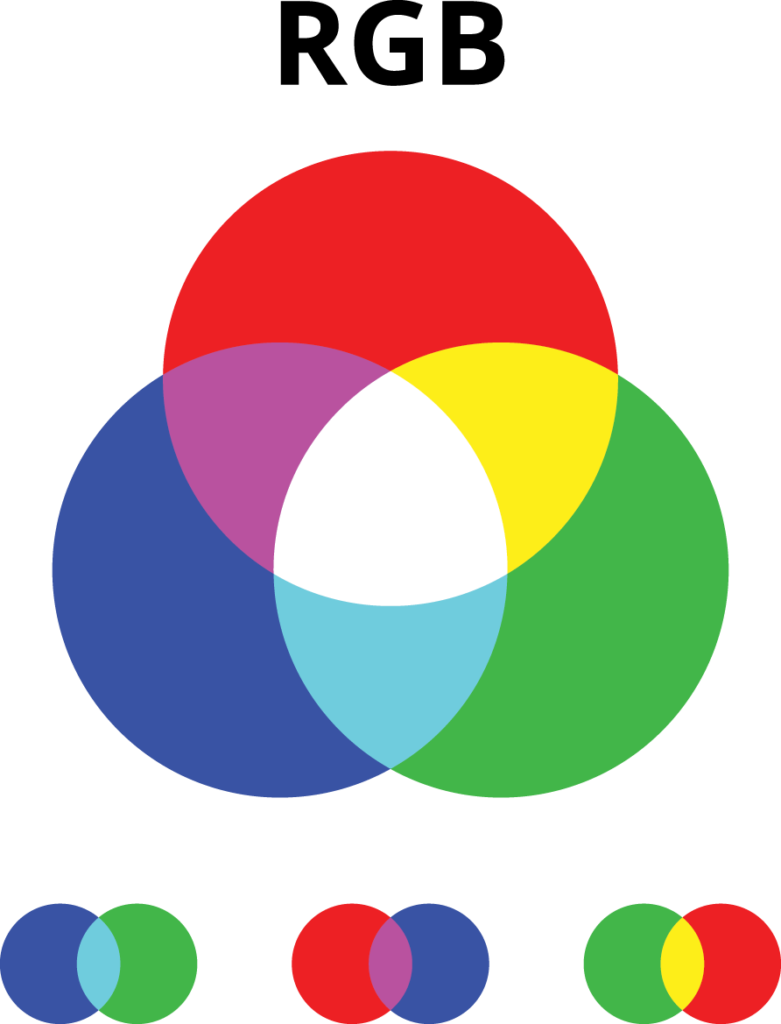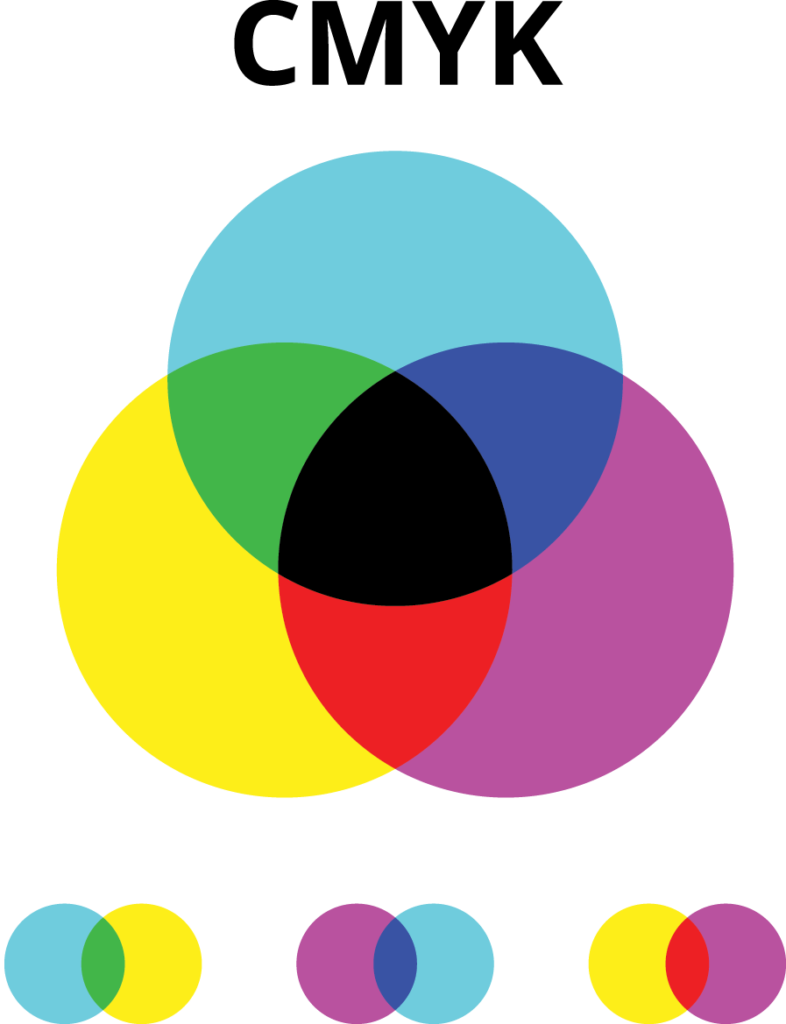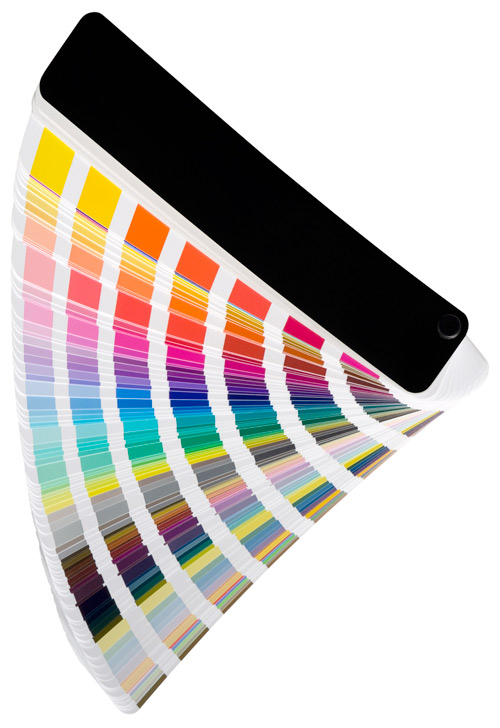What’s the difference between these colour models?
When creating files for print, it’s important to understand the colour model you will need to use when supplying your file. Each colour model has it’s own characteristics and is best used for different applications.
At Zip Print, we use primarily CMYK when printing.
Below we’ll cover what each model is best used for so you can gain an understanding of what you’re working with.
RGB

RGB stands for Red, Green & Blue.
RGB is known as a colour model used in light spectrums such as Monitors, Television and Phones. Each colour is mixed to create a certain colour hue, and the higher the value of the mixed colours the lighter the mixed colour will appear.
This is terriffic for editing photos, creating images for social media, the internet or video. While, it is used primarily for light based media, it can be printed effectively by converting to CMYK, which many printers and programs will do automatically. Although it is generally preferred to supply print files as CMYK, instead of RGB.

CMYK
CMYK stands for Cyan, Magenta, Yellow & Black (K).
CMYK is known as a colour model used in printing mediums as a spectrum of ink which can be combined to create a wdiverse range of colours. Each colour is mixed to create a certain colour hue, and the higher the value of the mixed colours the darker the mixed colour will appear.
Most colour printers in the world operate using a straight CMYK ink system, which is why we prefer most files to be supplied to us in CMYK.

Pantone
Pantone is a different kind of colour system to the above. It is used primarily for print but is a flexible colour matching system used in a variety of ways.
Pantone inks are usually premixed to create a solid colour which is printed to a substrate (as opposed to being a printed from a variety of colours in the same way CMYK is).
Whilst RGB and CMYK have a mix of their base colours stored in a fine digitally, Pantone colours are stored pimrarily by name since they are mixed by hand.
The reason Pantone is so popular is due it’s consistent standard of colour which can be reliably matched using a Pantone booklet, and it can achieve colours not possible with RGB or CMYK.

